Eager to learn more about solar electric? Here’s exactly what you need to know!
Fast Payback
Solar electric systems can pay back their installation cost in as early as 5-7 years.
If you’re interested in solar for your home, then researching how solar electric works is vital. So how does a solar electric system convert sunlight into electricity?
Solar electric systems use collectors to receive the sun’s natural radiant energy and converts it for your use. A solar panel is full of photovoltaic cells made of silicon, and this absorbs that energy so it can be used as electricity. These collectors are typically attached to your roof with a ground rack as another option to take in as much sunlight as possible.
Here’s how solar energy works through panels to take in sunlight:
Essentially, the sunlight hits the panel, is absorbed and then converted to electricity. You’ll need more than one panel for your home, depending on how much electricity you need. While panels, inverters, and racks are part of a solar electric system, you can also add batteries for energy storage to allow extra electricity to be collected.
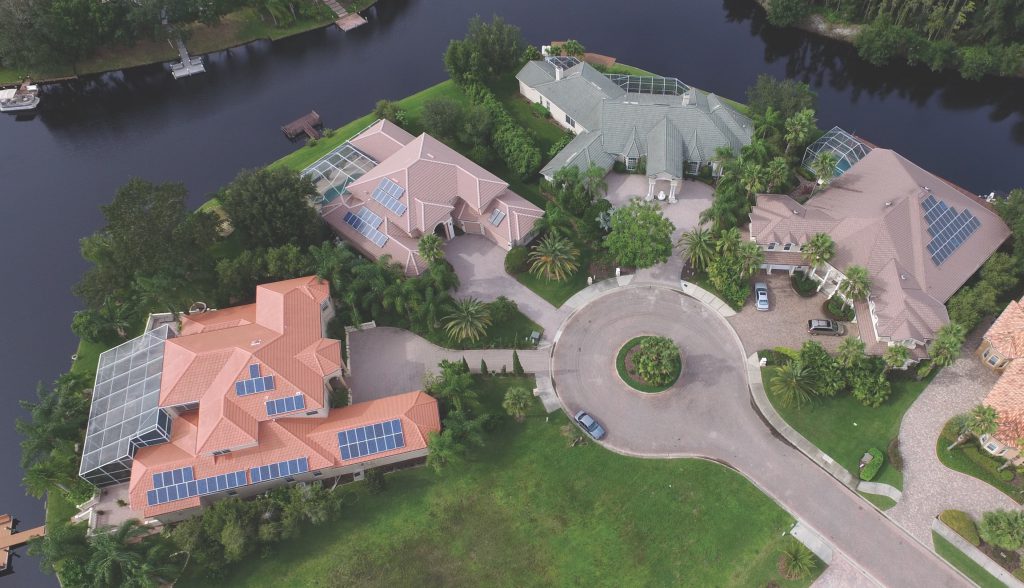
Solar electric systems are a smart investment that can lower your utility costs¹ and help the environment at the same time. It can pay back its initial installation costs in as early as 5-7 years. The cost of electricity has only risen and will likely continue to do so, which makes investing in renewable energy sources like solar a smart choice.
Your biggest upfront cost for solar electric systems will be the installation. The solar panels will need to be installed by a professional. The savings on utility costs help your system pay for itself and bring in an impressive return.
A solar electric system requires little maintenance and upkeep. You just need to clear debris from them and clean them to keep them efficient. Solar panels are typically warrantied for 20 years but can last much longer. For peace of mind, you won’t have to worry about replacing them for quite some time after they’re installed.
Related Reads:
Solar electric systems rely on solar panels to collect energy, but they’re made of more than just panels. Besides solar panels, solar electric systems use inverters to turn the direct current electricity they produce into alternating current that you can use. Adding a battery solution can store your solar energy if you require it. This allows you access to backup power when needed.
Energy storage systems are designed to bank excess energy instead of feeding it directly to the grid. Designed properly, they can fully integrate into any power generation source. They’re also low maintenance compared to other backup power sources like generators. Solar + storage systems require less upkeep and don’t rely on fossil fuels to operate as a generator does. They’re safe and efficient ways to store and manage energy, so you’re in control of your consumption.
Related Reads:
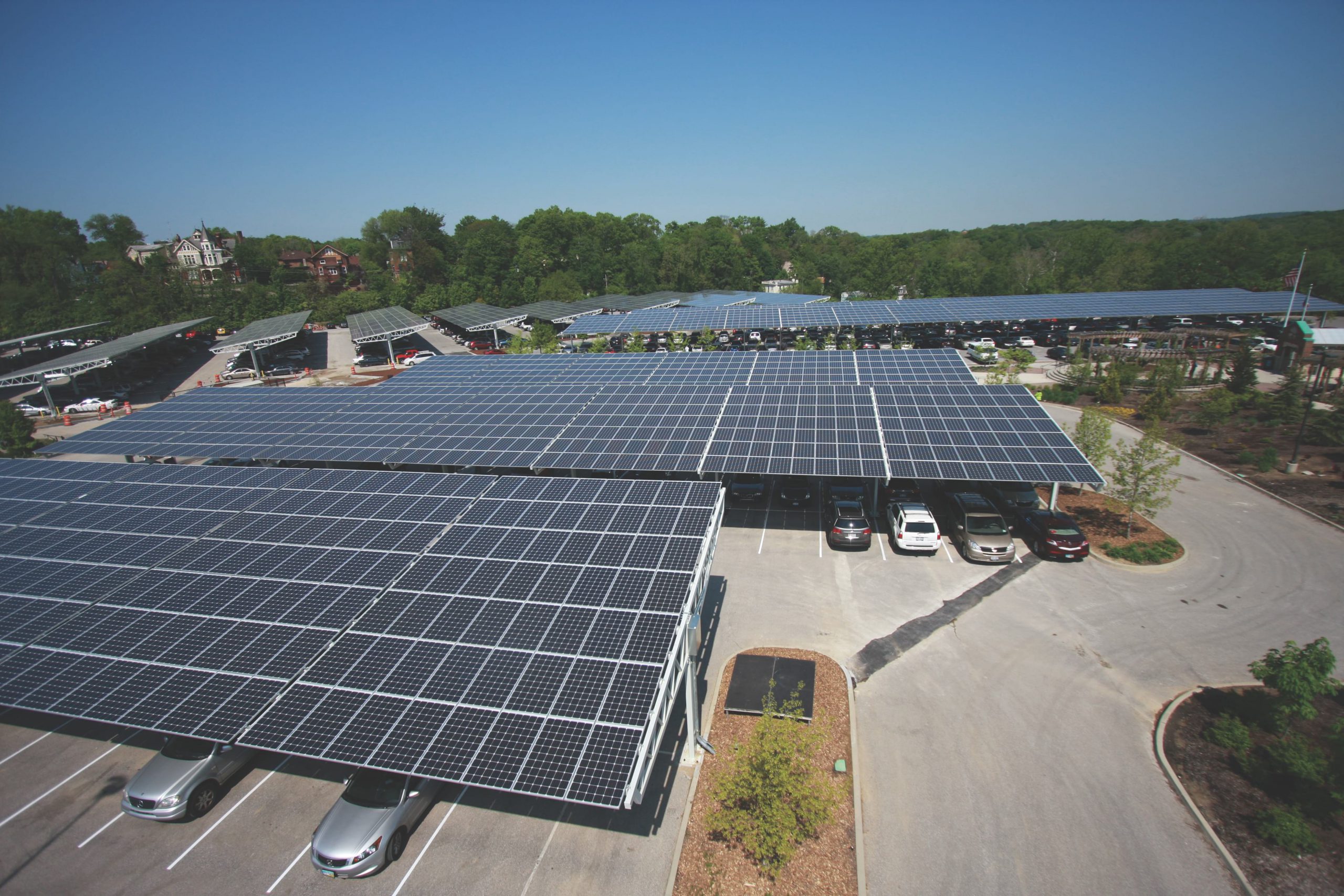
Solar electric systems can pay back their installation cost in as early as 5-7 years.
Solar panels are low maintenance systems. You’ll just need to make sure that debris isn’t blocking the panel’s access to sunlight so it can take in as much as possible.
Solar panels can last over 20 years under normal use.
Solar energy helps shrink your carbon footprint and doesn’t produce emissions.
Often many home-buyers are willing to pay a premium for houses that already have solar panels installed.
Having solar electricity can drastically lower your monthly utility bill.
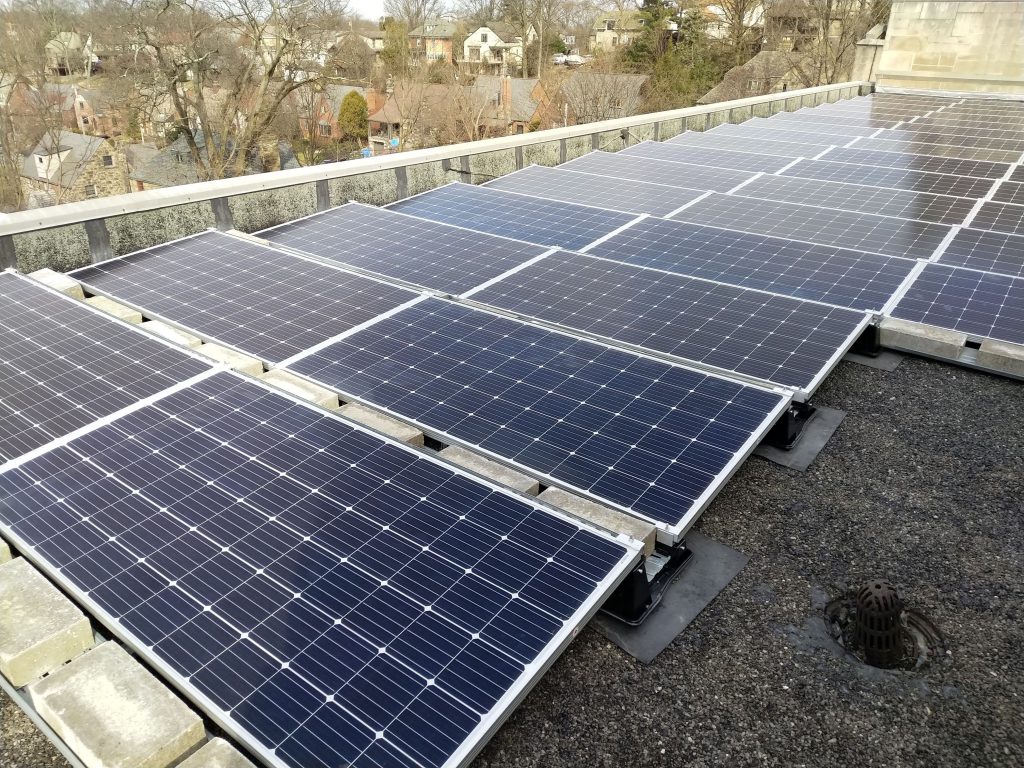
Is solar cheaper than electricity?
A solar electric system can be a good investment, especially if you want to minimize your environmental impact and help save you money on utilities. If you’re looking for long-term financial benefits, solar can be the cheapest way to heat a pool. You can read more about solar electric and its costs on our blog!
Can solar power replace electricity?
Yes, but if you want to rely completely on solar for electricity, you’ll need to do some math to figure out how many panels that will require.
How much do solar panels save on electricity bills?
The amount of money you can save with solar will depend on a few factors: where you live, how much electricity you use and how many panels you need to install. If you do some math with your electricity bill² and calculate your panels’ performance³, you’ll have a better idea of your savings.
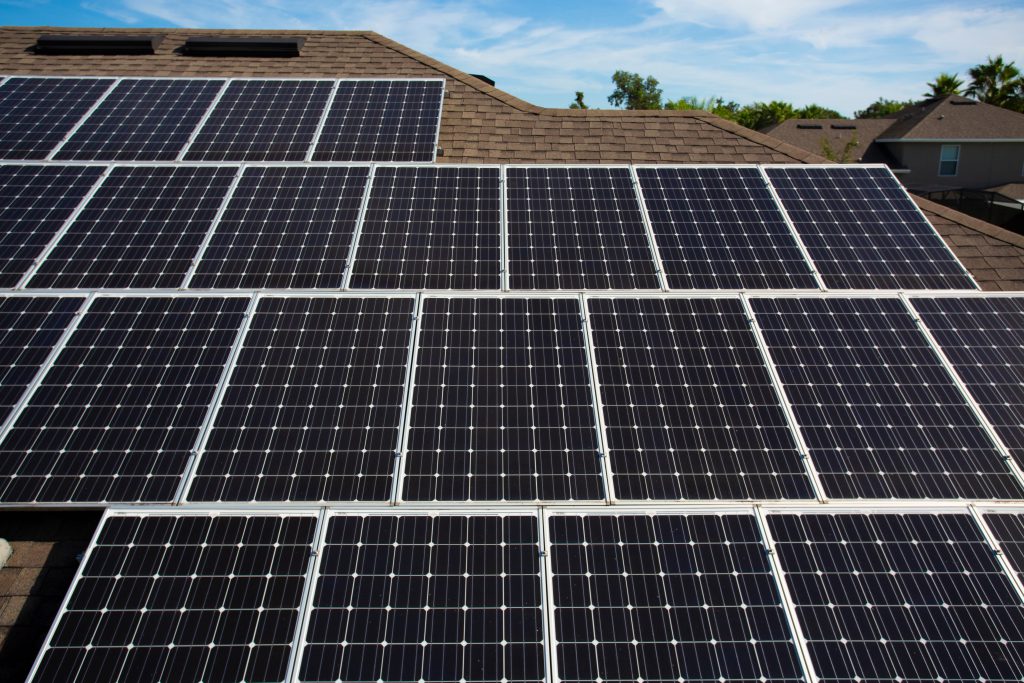
Are solar panels expensive to maintain?
Not at all. If you clear debris and make sure nothing is blocking your panels, they’ll be more efficient with absorbing sunlight.
How long do solar panels last?
Solar panels can last over 20 years, which is one of the main ways they’re cost-effective. Other components like batteries and inverters can last almost as long, so they may only need to be replaced once during the life of your solar panels.
Will solar panels damage my roof?
Not if they’re installed by a professional. When correctly installed, the panels will be secured and cause no damage to the roof.
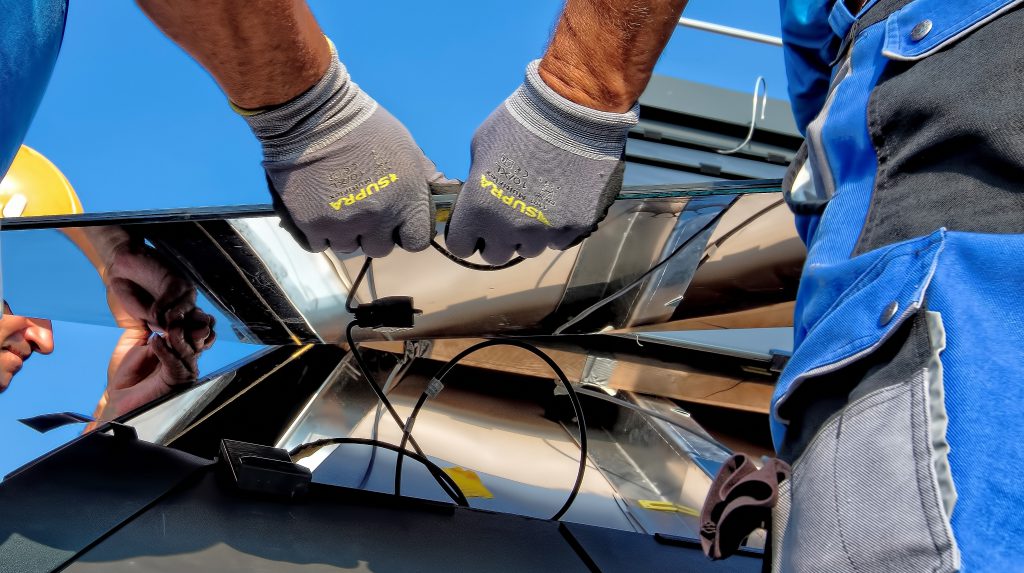
Who installs solar panels?
Professional solar energy experts can advise you on how many solar panels you need and install the solar electric system at your home.
How do I get replacement parts for my panels?
You can contact us and we’ll connect you with a dealer who can supply you with the parts you need for your panels.
What needs to be installed for my system besides solar panels?

Chilicon
Chilicon Power offers world-class converters and monitoring systems for inverters.

Heliene
Heliene offers some of the best solar collectors on the market for your solar electric system.

Simpliphi
Simpliphi offers top-of-the-line batteries for your residential or commercial solar needs.
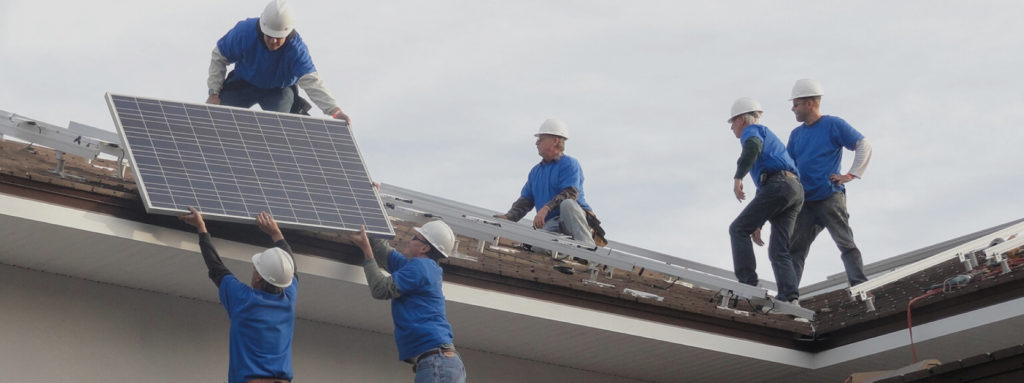
¹ EnergySage. (2019, October 9). The pros and cons of solar energy: what are the advantages and disadvantages of going solar?. Retrieved June 18, 2020, from https://news.energysage.com/advantages-and-disadvantages-of-solar-energy/
² EnergySage. (2016, March 16). What’s the right way to read your electric bill?. Retrieved June 18, 2020, from https://news.energysage.com/whats-the-right-way-to-read-your-electric-bill/
³ National Renewable Energy Laboratory. PVWatts Calculator. Retrieved June 19, 2020, from https://pvwatts.nrel.gov/